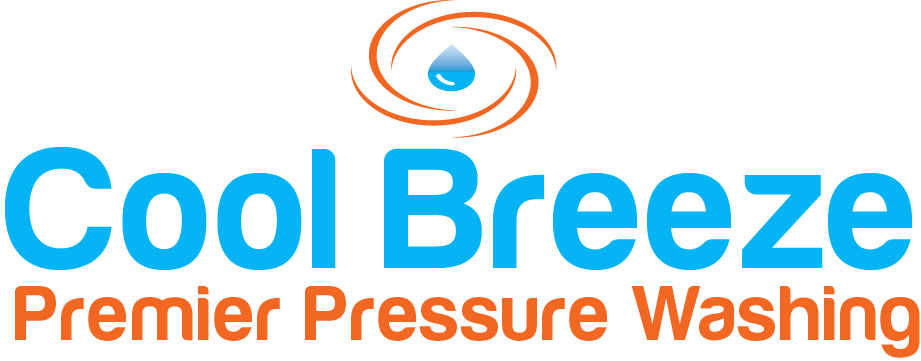Low-Pressure Cleaning vs. High-Pressure Cleaning - What's the Difference?
Pressure washing is a popular method for deep cleaning various surfaces in residential, commercial, and industrial environments. However, a frequent debate that pops up when talking about pressure washing is the choice between low-pressure and high-pressure cleaning. Both techniques have their unique benefits and drawbacks. So, which one should you choose? That depends on your specific needs, as both methods are suited to different applications.
High-Pressure Cleaning: Power Unleashed
High-pressure cleaning, as the name suggests, uses a strong, concentrated stream of water to remove dirt, grime, stains, and other debris from surfaces. It's like giving your surfaces an intense power-wash. This method is highly effective for cleaning tough surfaces like concrete, brick, and stone that can withstand the force of the water.
The major benefits of high-pressure cleaning include:
1. Deep Cleaning: High-pressure cleaning can remove deeply ingrained dirt, stubborn stains, and hard-to-remove substances like gum and grease.
2. Time-saving: As it offers intensive cleaning, high-pressure washing can clean large areas quickly.
However, high-pressure cleaning isn't without its downsides:
1. Potential for Damage**: The high water pressure can damage delicate surfaces like wood, shingles, and old masonry.
2. **Safety Concerns**: The force of high-pressure cleaning can lead to injuries if not handled correctly.
Low-Pressure Cleaning: The Gentle Giant
On the other hand, low-pressure cleaning uses a softer stream of water that's usually combined with special cleaning solutions to lift and remove dirt. This method is often used on surfaces that might be damaged by the high-pressure alternative. It's perfect for surfaces like wood, painted items, and other delicate materials.
The pros of low-pressure cleaning include:
1. Safe for Delicate Surfaces: Low-pressure cleaning is gentle, reducing the risk of damaging surfaces.
2. Eco-friendly: As it often requires less water and can use milder cleaning solutions, low-pressure cleaning is typically more eco-friendly than high-pressure cleaning.
The cons of low-pressure cleaning are:
1. Not for Hard Surfaces: Low-pressure cleaning is not as effective on hard surfaces like concrete or stone.
2. May Take Longer: Cleaning with low pressure may take longer than high-pressure cleaning.
Low-Pressure vs High-Pressure Cleaning: Which One to Choose?
The decision between low-pressure and high-pressure cleaning ultimately depends on the type of surface you want to clean and the level of dirt or grime present. High-pressure cleaning can be the best choice for robust surfaces and heavy dirt, while low-pressure cleaning is suitable for delicate surfaces and lighter cleaning tasks.
Whether you opt for low-pressure cleaning or high-pressure cleaning, remember that safety is paramount. Both methods should be carried out by trained professionals to avoid any potential hazards and to ensure the best possible results.
It's always advisable to consult with a reputable cleaning service provider who can guide you in choosing the right method for your cleaning needs. They'll assess your surfaces, discuss your requirements, and recommend the most suitable and effective cleaning solution.
Both low-pressure and high-pressure cleaning have their places in the world of maintenance. By understanding their differences, benefits, and drawbacks, you can make an informed decision that keeps your property clean and preserved
